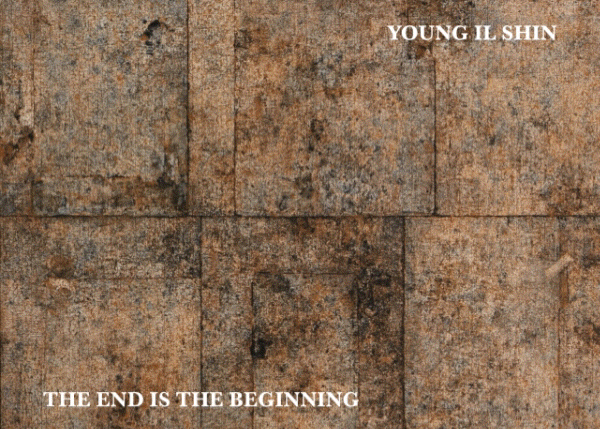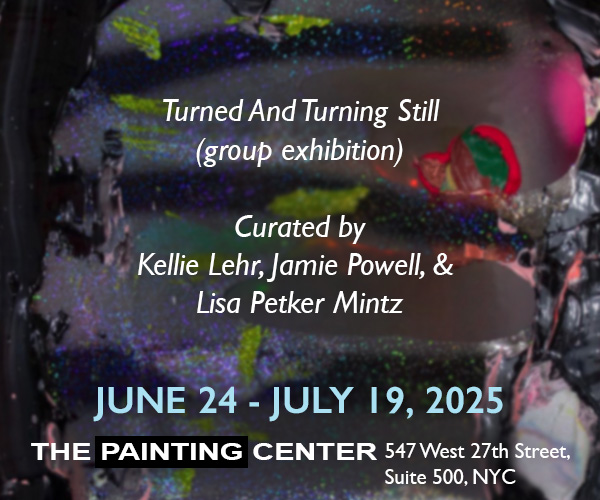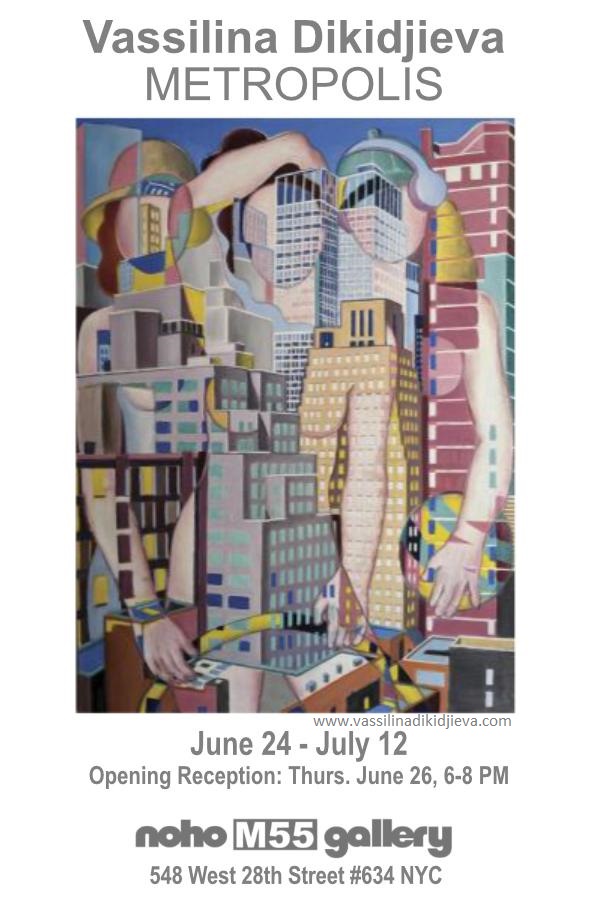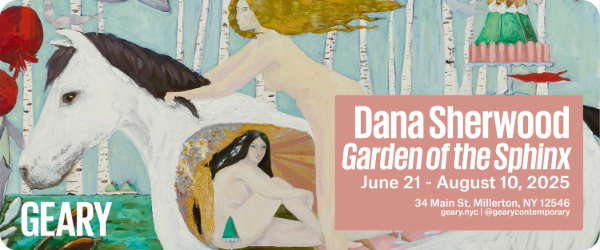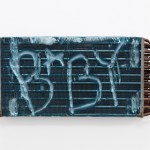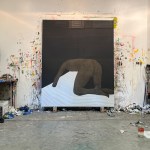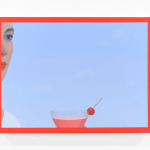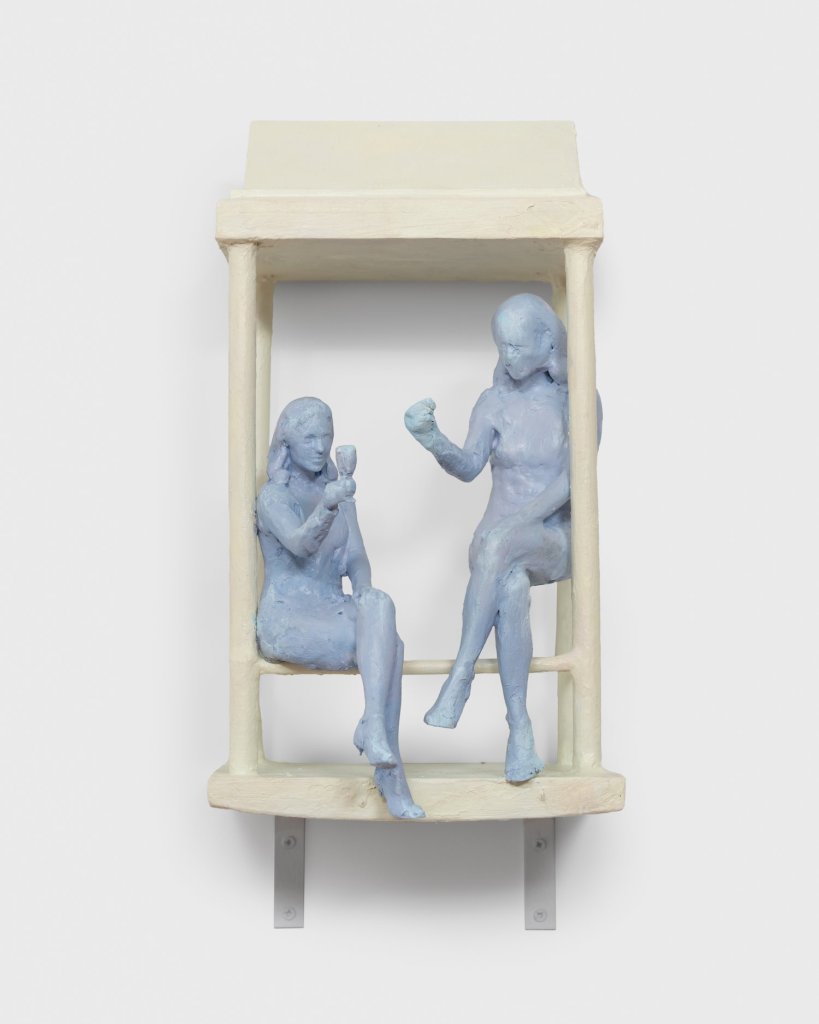
Contributed by Patrick Ryan Bell / Situated in Baltimore’s Old Goucher neighborhood, art hall has rapidly established itself as a pivotal space for contemporary art. Once a Hells Angels bar, the venue has undergone a thoughtful transformation that embraces its history and urban context by way of significant international artists tailored to Charm City’s audience. In a city shaped by economic precariousness, institutional neglect, and fierce grassroots creativity, art hall presents an alternative model: serious contemporary programming without the trappings of market pressure or institutional polish. Owner and director Shawn Mudd is not looking to feed or mimic New York but instead to divert its pipeline, bringing established artists to Baltimore. Now up is Sam Anderson’s solo exhibition, “There’s a Girl in My Soup,” which features a wide range of her work. It fits the gallery: rigorous, poetic, and strange.
Anderson, who lives and works in New York and had her last show at Derosia Gallery in Chinatown, assembles dolls, synthetic hair, wood, metal and plastic into figures that feel half-formed in meaning as well as structure. The works are not lazy or thoughtless but rather demand audience engagement for completion, like characters in a half-recalled dream. The exhibition’s title, from a 1966 stage play by Terence Frisby made into a 1970 movie, functions more like a found object than a summation of the show’s meaning. There’s no soup in the room and no other reference to the play or film. The title simply gives viewers something to contemplate that may somehow resonate with them, perhaps as fans of comic taglines or Goldie Hawn.
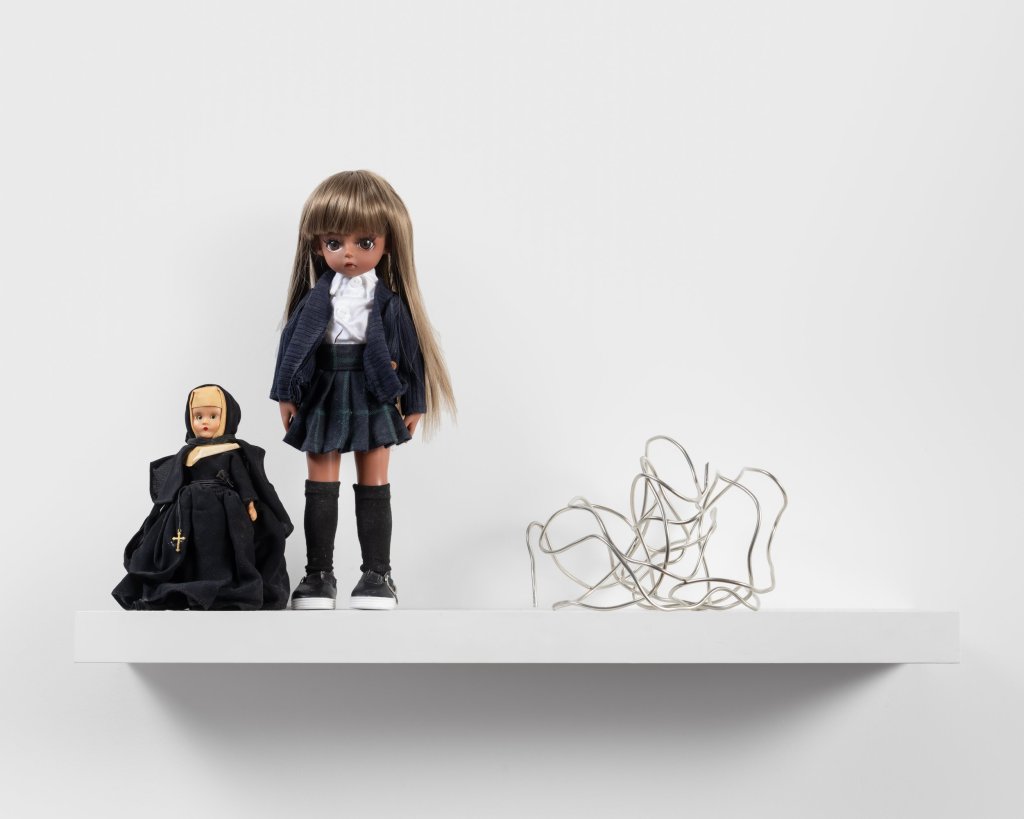
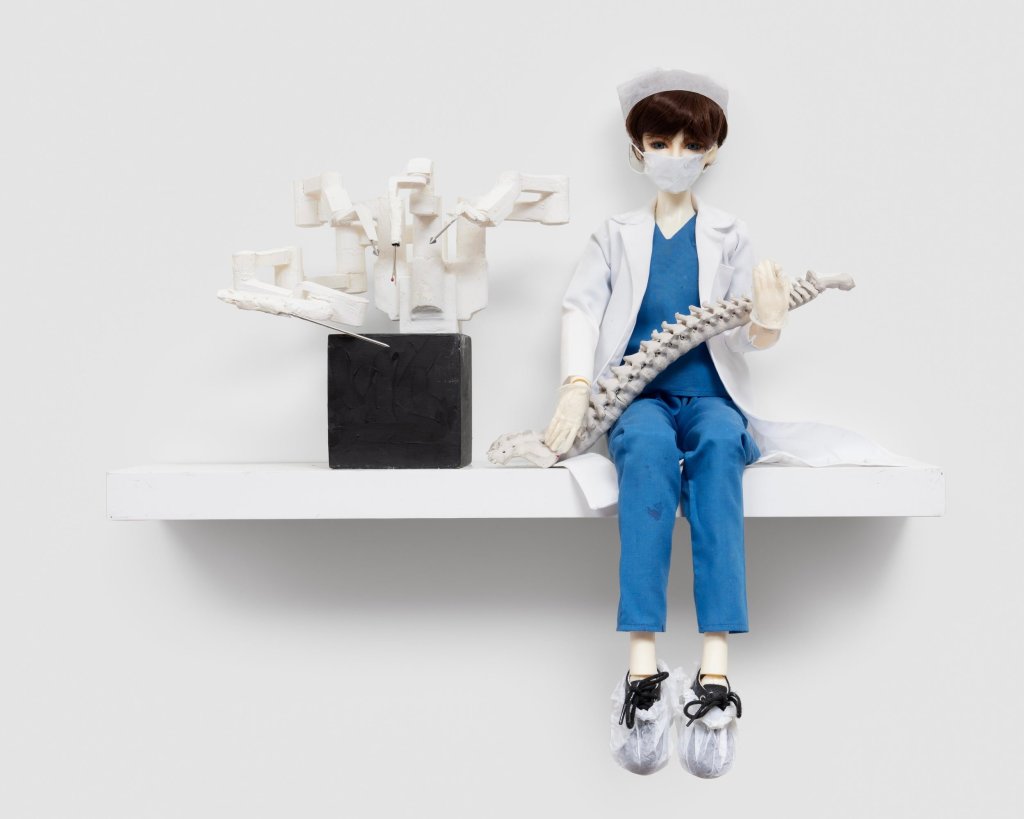
The faces of Anderson’s figures are sometimes blurred or barely formed, as in Real Estate, in which a pair of female figures enjoy a glass of an unidentifiable liquid on a porch – a small drama to provoke thought. Her mother was a stage actress, and she is prone to imparting quietly theatrical structure to her work. Some of her figures are dolls as such, but that doesn’t make them any less affecting and in fact may make them more so by prompting viewers to look harder, à la Brecht. Mary & Mom & Hell’s Angels comprises a Bratz doll in a Catholic schoolgirl’s uniform, a vintage nun doll wearing a habit, and a gnarled mass of metal. In this trinity, the females are intact but threatened by a misogynistic current – the motorcycle club historically having barred women from being “full-patch” members. Surgeon’s very eclecticism – a nondescript doll, a scan of a spine, and a “cartooned” medical machine – underlines the artist’s rejection of any normative ranking of aesthetic components.
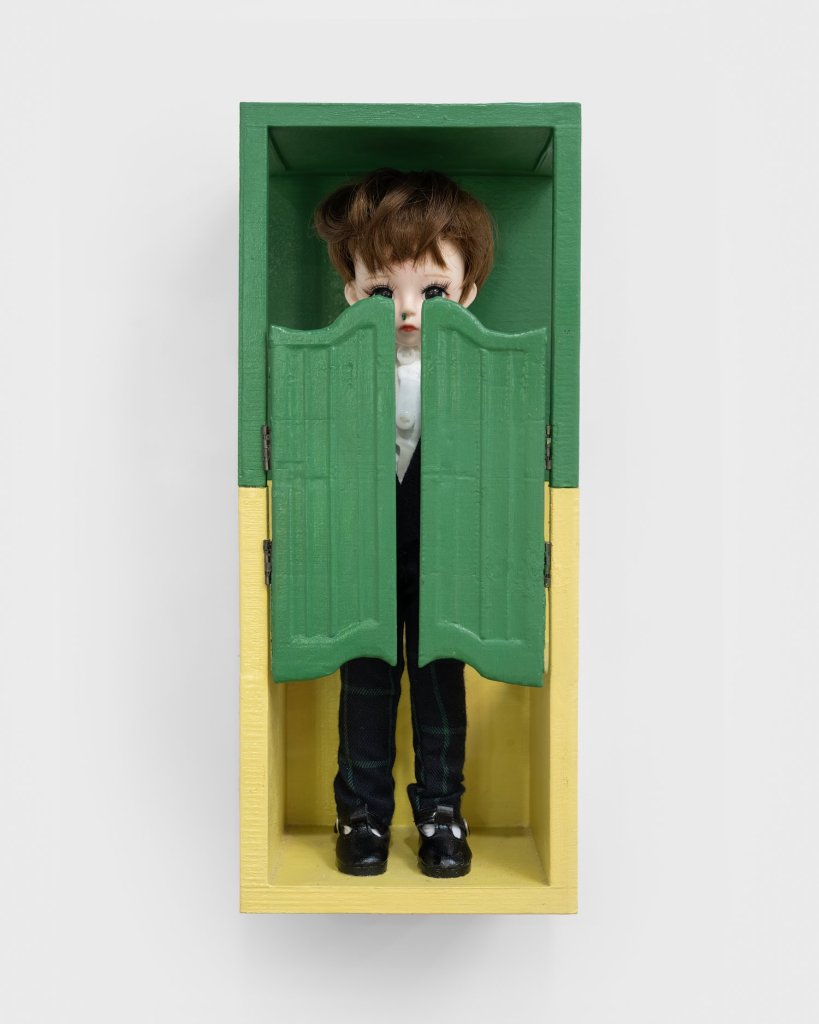
Anderson is part of a lineage of feminist artists – Louise Bourgeois, Ree Morton, and Senga Nengudi come to mind – who have questioned the hierarchies of materials, the fixity of bodies, and the authority of form. For Anderson, assemblage is not just a formal strategy but also a way of thinking. Figures built from unremarkable matter still radiate. Her work never lets us settle into a static meaning and instead has us orbit cues that suggest vulnerability, complicity, confusion, and other sensations. She has said her work embodies “existential internal dialogue.” In response to a world increasingly devoid of explanations, Anderson insists on ambiguity itself.
She prefers small-scale work and, at art hall, smallness becomes an asset. With no spectacle to coast on, you are compelled to crouch, lean in, pay attention. Her drawings too resist resolution, their minimalism amplifying emotional intensity: every smudge matters. And there is humor here – the low hum of the absurd, the awkward, the not-quite-right. Beneficiary, for instance, presents a male doll behind green and yellow saloon doors with a vintage Swarovski crystal booger hanging from his nose, his unearned wealth and oblivious ignorance unconcealable. This edge-play is in line with the weaponized campiness of Cindy Sherman’s film stills or Laurie Anderson’s deadpan voiceovers, intelligent but never smug. At the heart of “There’s a Girl in My Soup” is a sense that feeling is structural. In an often mindlessly frenetic environment, Sam Anderson asks us to linger on the ambiguous gesture, the opaque expression, the fragment that won’t resolve. What’s the real story here, and what part of it am I?

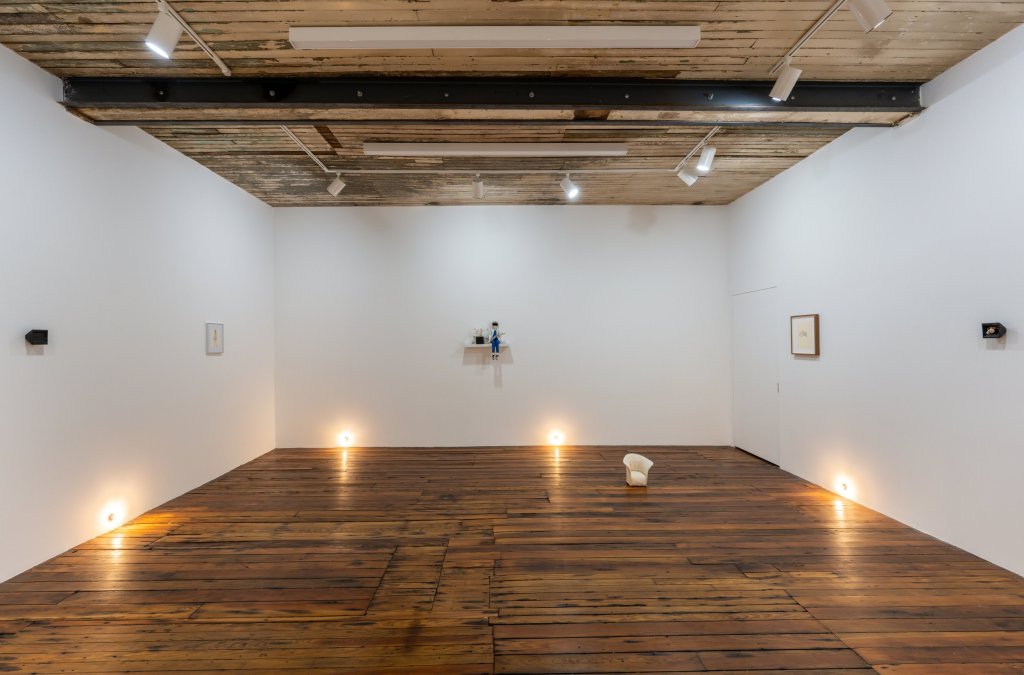
“Sam Anderson: There’s a Girl in My Soup,” art hall, 101 East 21st Street, Baltimore, MD. Through May 31, 2005.
About the author: Patrick Ryan Bell is a sculptor from Pittsburgh, PA who writes for BMoreArt Magazine and currently teaches at the Maryland Institute College of Art (MICA), Baltimore School for the Arts, and Baltimore Clayworks.


